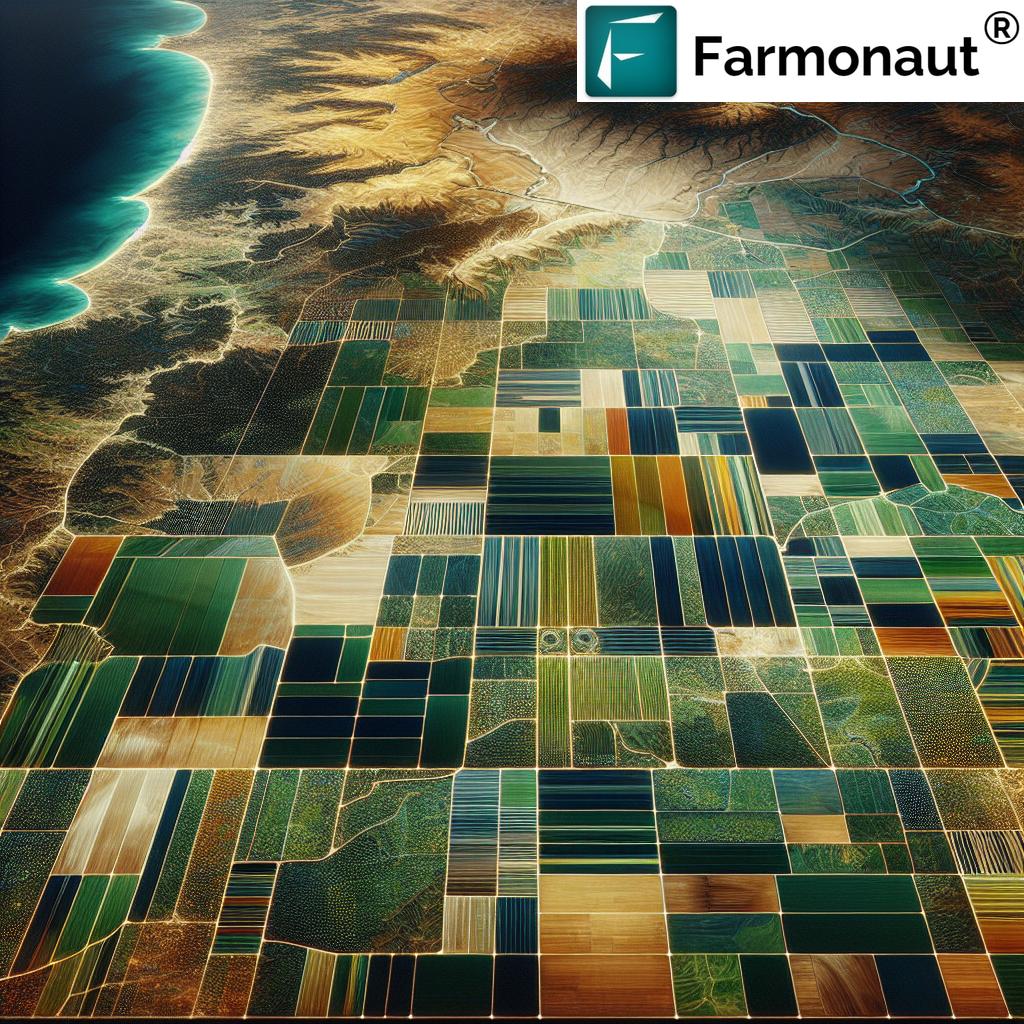Dig for Opals: 7 Ways to Find Opals Yourself 2026
Summary: Digging for Opals: A Thriving Opportunity in Australia’s Gemstone Industry
“Australia produces over 90% of the world’s opals, with mining towns like Coober Pedy attracting 150,000 tourists annually for opal hunting.”
The Importance of Opal Mining in Australia
Opal mining remains a significant industry within Australia, with the country’s status as the premier source of precious opals underpinned by its unique geological fields. Known for their iridescent play of colors—blues, greens, reds, and purples—opals are not just gemstones but emblematic of the nation’s cultural and economic heritage. In 2026 and beyond, Australia continues to contribute over 90% of the world’s supply of gem-quality opals, sourced from the distinctive deposits in Lightning Ridge (New South Wales), Coober Pedy (South Australia), and Queensland.
The sector supports both professional miners and hobbyists alike. While larger commercial mining operations dominate overall supply, the landscape is rapidly evolving. The rise of recreational digging, mining tourism, and “dig your own opals” sites has reshaped the perception of opal mining—from a niche pastime into an accessible, educational experience for visitors, tourists, and rural communities. This evolution fuels economic diversification while preserving the cultural legacy of opal-rich regions.
- Opals remain in robust demand in jewelry, collectors’ markets, and export.
- Rural communities thrive on both commercial production and tourism streams.
- Ongoing innovation ensures the sector remains attractive for the future.
The importance of opal mining thus lies not only in extraction but in its ability to weave together economic opportunity, heritage, and unique adventure experiences.
Dig for Opals: 7 Ways to Find Opals Yourself (2026 Guide)
If you are eager to dig for opals or curious about the unique experience of mining your own gemstones in Australia, there are several proven methods and sites that offer hands-on exploration for all skill levels. Here are the seven best ways to “find opals yourself” in 2026:
-
Join a “Dig Your Own Opals” Site
Numerous tourism-friendly mining areas, particularly around Lightning Ridge, Coober Pedy, and Andamooka, have designated claims where visitors can dig for opals for a fixed fee. These sites often provide basic equipment, safety induction, and guided assistance, making them ideal for families, groups, or solo adventurers.
-
Guided Opal Mining Tours
Engage with local miners and licensed guides for a deeper educational experience. Guided tours combine traditional digging with lessons in geology, local heritage, and responsible resource management, enhancing the value of your visit.
-
Fossicking Fields & Surface Collecting
Some opal fields have areas open for fossicking—the art of searching for gemstones on the surface. It’s a low-impact, beginner-friendly way to find opals washed out by rains or mining operations, popular in regions like White Cliffs (NSW) and Yowah (QLD).
-
Hand Digging in Designated Trenches
For those who prefer a more traditional method, using picks, shovels, and simple tools to extract opal-bearing rock in shallow trenches is still practiced. Locations such as Coober Pedy provide supervised trenches specifically for recreational diggers.
-
Purchase and Work a Small Mining Claim
Enthusiasts with a serious interest can apply to work a small lease or mining claim (subject to local regulations). This approach demands more effort, equipment, and diligence, but offers the genuine thrill of mining and potential for significant opal finds.
-
Participate in Community Mining Events
Annual events, such as festival digs and community mining weekends, are organized by several opal towns. These give participants a taste of old-time mining camaraderie and a chance to share the adventure with local miners and fellow visitors.
-
Leverage Modern Prospecting Technologies
While hand digging remains popular, many diggers are now embracing new methods like handheld metal detectors, ground-penetrating radar, and satellite-driven geospatial data to identify promising opal-bearing areas before extracting host rock.
Access satellite-powered insights, geology, and mining maps for planning your next opal prospecting adventure.
“In 2026, “dig your own opal” sites are projected to boost rural tourism revenue in Australia by an estimated 18%.”
Comparative Table: Opal Mining Locations & Visitor Experiences in Australia
To help plan your next dig for opals trip, compare Australia’s leading sites for accessibility, yield, spending, and experience highlights. Each of these distinctive mining fields—from Coober Pedy to Lightning Ridge—offers a unique approach to gemstone tourism.
| Location | Estimated Annual Visitors | Average Opal Yield per Visitor (grams) | Average Tourist Spending (AUD) | Unique Features |
|---|---|---|---|---|
| Coober Pedy (SA) | 150,000+ | 0.2–0.5 | $320 | Underground mining tours, on-site accommodation, fossil exhibits, vast field for self-digging |
| Lightning Ridge (NSW) | 120,000 | 0.15–0.4 | $280 | Guided fossil tours, black opal displays, public fossicking fields, indigenous heritage education |
| Andamooka (SA) | 25,000 | 0.1–0.3 | $170 | Community digs, open-cut claims, opal festivals, local art galleries |
| White Cliffs (NSW) | 15,000 | 0.09–0.25 | $145 | Historic mining sites, eco huts, surface collecting, community events |
| Yowah (QLD) | 8,000 | 0.05–0.20 | $95 | “Yowah Nut” opal fossicking, hot springs, local wildlife, guided indigenous experiences |
| Quilpie (QLD) | 7,000 | 0.04–0.18 | $80 | Free fossicking area, outback tours, opal galleries, camping sites |
All figures are estimates for 2026. Visitor experience and actual yield vary with conditions and luck!
“Dig Your Own Opals” Mining Tourism: A Unique and Growing Trend
The concept of “dig your own opals” is now a thriving pillar of opal mining tourism in Australia. In 2026, over 300,000 visitors annually are drawn to opal-rich towns, each eager to find opals themselves and immerse in the thrill of discovery.
- Many sites provide rental equipment, safety induction, and escorted access to designated mining claims.
- Guided tours blend practical digging with educational modules on geology, traditional culture, and responsible mining.
- Local infrastructure—campgrounds, opal museums, galleries, and festival events—creates added value for each visitor and supports rural economic development.
This approach is as much about education and heritage conservation as it is about recreation, enabling participants to experience a crucial chapter in Australia’s resource-driven story.
Modern Tools & Techniques for Digging and Prospecting Opals
While traditional opal digging involves little more than a shovel, pick, and the hope of luck, modern methods are reshaping prospectors’ success and safety. In 2026, the best diggers and visitors use a blend of conventional techniques and new technologies to maximize their chances of finding opals.
Essential Tools for Opal Fossicking
- Picks, shovels, and chisels: Hand tools remain the backbone of safe, small-scale excavation in designated visitor areas.
- Headlamps and helmets: Many opal fields are underground or have shaded tunnels; safety gear is non-negotiable.
- Sieves and handheld rakes: Excellent for separating small precious stones from host rock and debris.
- Metal detectors and ground-penetrating radar: Increasingly affordable and effective in highlighting areas of potential opalized rock, especially for hobbyists seeking a technological edge.
- Satellite mapping and geological data apps: Modern diggers benefit from geolocation tools to identify “sweet spots” in open fields and safely navigate claims.
Farmonaut technology, for example, offers real-time resource and ground condition monitoring via satellite, which can empower responsible, productive prospecting.
Learn how our agricultural and mining monitoring platform supports site resource management activities.
Responsible Mining and Rehabilitation
Both professionals and recreational enthusiasts are encouraged to embrace responsible mining methods:
- Restore landscape, fill trenches, and minimize erosion after digging.
- Use safety and environmental guidelines provided by local authorities on-site.
- Participate in workshops or briefings on resource conservation and local heritage.
- Report any unsafe conditions or illegal mining to preserve community resources.
Education around responsible practices ensures opal tourism remains sustainable and welcomed in rural areas.
How Mining Tourism Drives Rural Economic Development
The dig for opals movement is more than a recreational trend—it’s an economic engine for many of Australia’s rural communities. Here’s how opal mining tourism drives benefits across remote regions:
- Diversifies Rural Economies: Mining towns balance agriculture and resource extraction with thriving visitor industries, stabilizing local income and supporting new jobs year-round.
- Boosts Small Businesses: Cafes, motels, tour operators, and craft sellers all benefit from increased tourist flows associated with opal festivals and “dig your own” operations.
- Keeps Heritage Alive: Tourism revenue funds museums, historical exhibits, and indigenous culture programs that sustain community identity.
- Supports Infrastructure and Services: Enhanced tourism spending drives investment into roads, communications, and visitor amenities that serve both locals and travelers.
- Promotes Sustainable Practices: Education around responsible mining, fossil conservation, and environmental stewardship helps maintain the balance between industry growth and ecological preservation.
Future Prospects: Opal Mining & “Dig Your Own” Experiences Beyond 2026
As demand for precious opals persists, and with world awareness of Australian opal at an all-time high, the prospects for recreational and artisanal mining are brighter than ever.
- Integration with Smart Technologies: Advances in remote sensing, satellite analysis, and AI-based geological mapping—as seen through platforms like Farmonaut’s carbon footprinting solution for mining—allow for more efficient, sustainable site selection and management, mitigating environmental risks.
- Expansion of Tourism Infrastructure: 2026 brings new visitor centers, eco-accommodation, and digital “opal discovery” guides, blending convenience with authentic mining adventure.
- Policy Incentives and Funding: Continued government support for rural mining areas fosters stable investment in mining tourism, local business, and community enrichment.
- Collaborative Community Models: Communities are actively shaping tourism offerings, developing educational workshops, and safeguarding indigenous stories while diversifying local opportunities.
The future of opal mining in Australia will depend on sustainable, tech-driven integration between tradition and innovation—ensuring the shimmering legacy of opal continues to captivate professionals and enthusiasts alike.
Farmonaut Technology for Sustainable Mining Operations
As a pioneering satellite technology company, Farmonaut provides advanced, satellite-based tools and insights that support agriculture, mining, and infrastructure projects worldwide. Our unique platform empowers farms, miners, and business operators with the following benefits:
- Satellite Imagery and Real-Time Monitoring: Monitor opal mining claims, environmental impacts, and land restoration needs with updated satellite images and geospatial data.
- AI Advisory Systems: Our ‘Jeevn’ AI system analyzes satellite and weather data to deliver tailored insights for resource extraction, mining safety, and operational efficiency.
-
Blockchain-Based Traceability: Trace the journey of resources from extraction to market with full transparency, supporting both regulatory compliance and consumer confidence for mining operations.
Explore how blockchain traceability enhances transparency in gemstone and mining supply chains. - Environmental Impact Monitoring: Our platform enables real-time tracking of carbon emissions and land use, helping miners and local authorities adopt sustainable practices through precise environmental data.
-
Fleet & Resource Management Tools: Seamlessly manage logistics, machinery, and people across remote mining areas to reduce operational costs and ensure safety.
Farmonaut’s Fleet Management system is designed to increase resource visibility and efficiency for both field and office teams. - Access for All Users, Anywhere: Our solutions are available via Android, iOS, and browser/web apps, ensuring that individual miners, businesses, and community leaders can use satellite-powered tools to enhance planning and decision making.
We strive to make innovative, satellite-driven resource management technology accessible and affordable—empowering the future of opal mining and rural economic growth worldwide.
FAQs: Digging for Opals in Australia
Is it legal to dig for opals in Australia?
Yes, digging for opals is legal when conducted in designated fossicking sites, open claims, or with the right mining permits. Always check with local authorities for specific regulations by region.
When is the best time of year to find opals?
The cooler, drier months (March – October) are ideal for both comfort and accessibility, as some regions are extremely hot or prone to flooding in summer.
What equipment do I need for opal digging?
Essentials include sturdy boots, a headlamp, helmet, picks, shovels, sieves, UV torch, and plenty of water. Some sites offer equipment rental, especially for visitors.
Can tourists keep any opals they find?
Yes, at most “dig your own opals” and fossicking fields, any opals found by a visitor are theirs to keep (subject to site rules and permits).
Are there risks involved in recreational opal mining?
All mining presents risks, including unstable ground, heat, dehydration, and wildlife. Follow all guidance from local site authorities and use safe digging methods.
How can technology help opal diggers today?
Modern technologies—from geospatial mapping apps to AI-driven mineral prospecting and environmental impact tracking—greatly improve both the safety and success of opal digging today. For example, Farmonaut offers satellite-based solutions to monitor mining activities and support better decision-making for operators.
Conclusion: The Timeless Allure of Opal Digging
As we look beyond 2026, Australian opal mining remains more than a heritage industry—it’s a thriving, evolving ecosystem where technology, tourism, and community blend into a singular gemstone experience. The opportunity to dig for opals and find your own treasures captivates hobbyists and professionals worldwide, with rural regions reaping lasting economic and cultural benefits.
With ongoing innovations in mining technology, sustainable practices, and satellite-powered insights, both experienced miners and newcomers can explore, discover, and conserve the unique miracle that is Australian opal. This enduring legacy ensures that the story of opal—its colors, cultural value, and thrill of the hunt—remains a vibrant part of our shared mining and tourism future.
Ready to join the adventure? Discover opal-rich lands, plan responsible expeditions, and engage with new mining solutions for a sustainable, rewarding “dig for opals” experience today.











